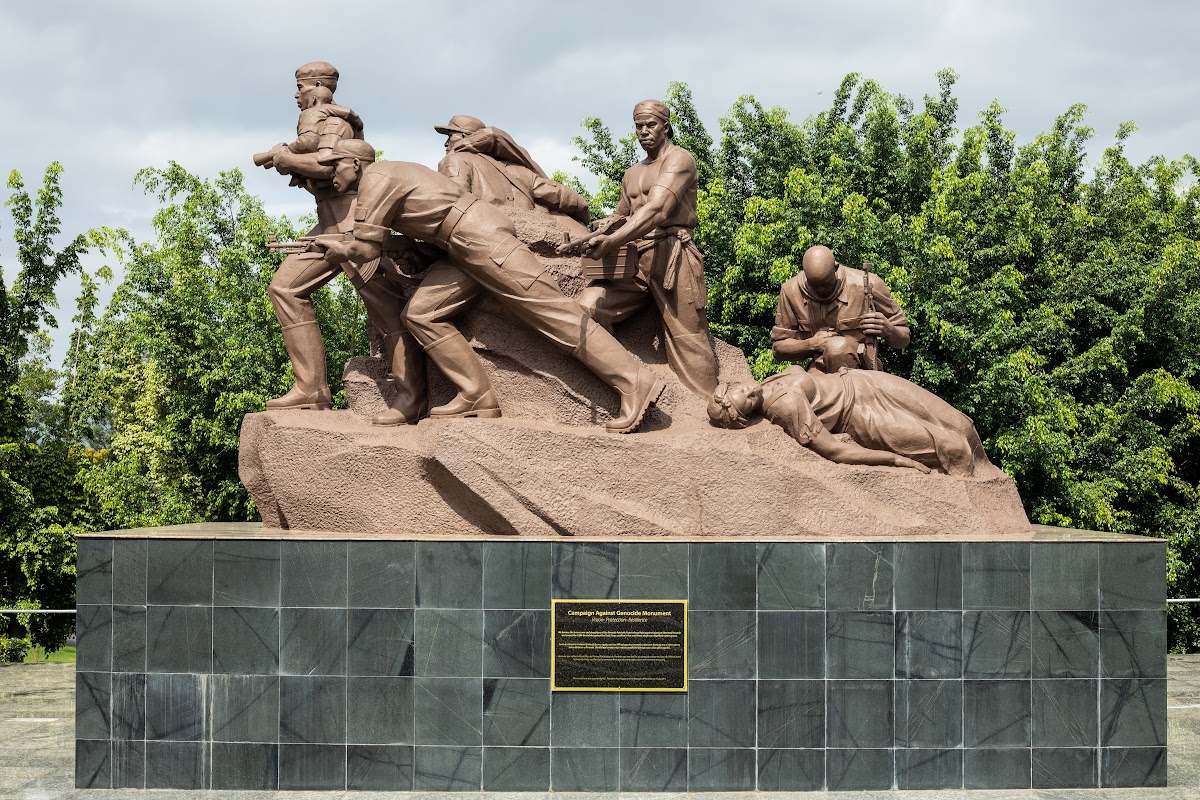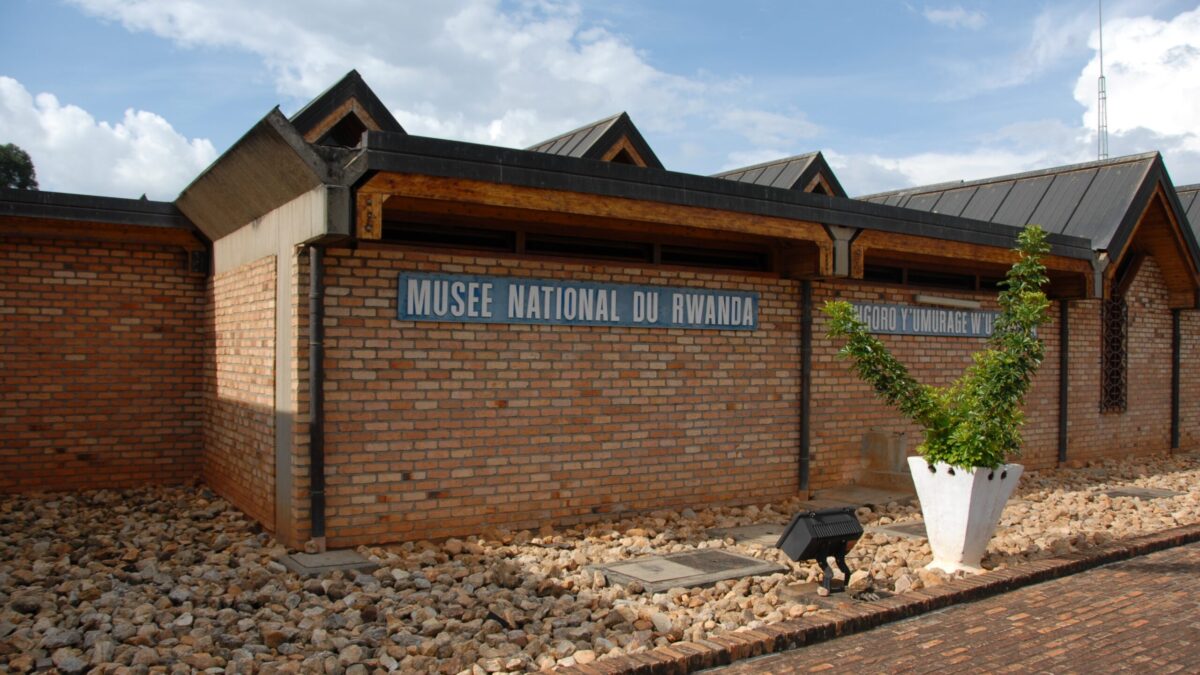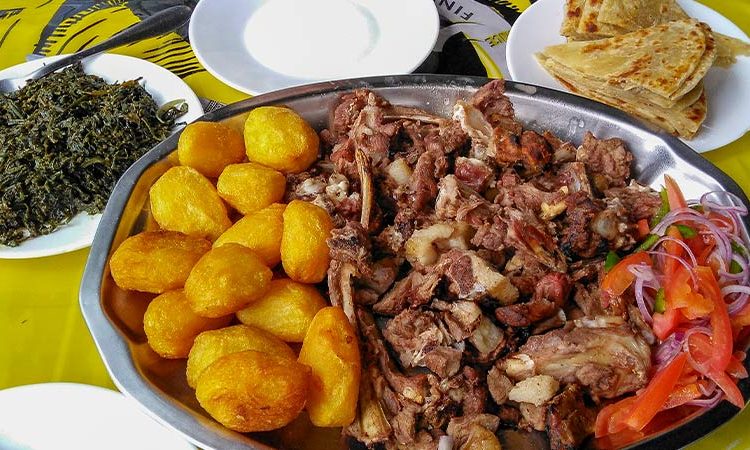- GET IN TOUCH WITH US:
- +256 753518160
- +256 777842166
- info@experiyatourcompany.com

What’s the nightlife like in Kigali?
November 13, 2025
Can I do a canopy walk in Nyungwe Forest?
November 13, 2025Is There a Museum of Rwanda’s Culture?
Rwanda, the Land of a Thousand Hills, is a country rich in heritage, identity, and centuries-old traditions. While many visitors come to experience gorilla trekking, safari adventures, and Kigali’s modern charm, those who want to deeply understand Rwanda’s cultural roots often ask: Is there a museum of Rwanda’s culture? The answer is yes—Rwanda has several museums dedicated to its culture, history, traditions, and artistic evolution. Among these, the Ethnographic Museum in Huye (Butare) stands out as the most comprehensive and iconic cultural museum in the country. It is widely regarded as the beating heart of Rwanda’s cultural education.
However, Rwanda’s commitment to preserving and celebrating its heritage extends far beyond a single museum. Kigali and other regions host multiple cultural sites and museums that collectively tell the story of the Rwandan people—from pre-colonial traditions to modern artistic expression. This detailed blog explores Rwanda’s cultural museums, what they offer, why they matter, and how travelers can experience them meaningfully.
The Ethnographic Museum: Rwanda’s Most Important Cultural Museum
Located in Huye (formerly Butare) in the Southern Province, the Ethnographic Museum of Rwanda is the country’s most significant cultural museum. Established in 1989 with support from the Belgian government, it remains one of the finest ethnographic museums in East Africa.
What the Ethnographic Museum Offers
The museum houses a remarkable collection of artifacts and exhibits that cover nearly every aspect of Rwandan culture. Visitors can explore:
Traditional household items
Ancient tools
Musical instruments
Wooden and woven crafts
Agricultural tools
Ceremonial objects
Traditional clothing
Historical photographs
Archaeological findings
The museum is arranged in seven spacious galleries that guide visitors through centuries of Rwandan life—from the era of kings (ubwami) to daily village routines, spiritual traditions, and artistic expressions.
Highlights of the Ethnographic Museum
1. Traditional Architecture and Living Spaces
The museum displays a full-sized traditional Rwandan hut, showcasing the design, layout, and materials used in ancient homes. Visitors can step inside to experience the cozy structure, learn about symbolic elements, and observe how families lived centuries ago.
2. Tools and Artifacts of Daily Life
From pottery to woven baskets, cooking tools to farming equipment, this section highlights Rwanda’s connection to agriculture and craftsmanship.
3. Music and Dance Instruments
Traditional instruments such as the inanga (string instrument), ikinyuguri (flute), and ingoma (drums) reflect the deep musical traditions of Rwanda. Many travelers find this section especially captivating.
4. Artistic Carvings and Sculptures
These displays reveal Rwanda’s historical artistry, including woodwork, beadwork, and intricate weaving.
5. Royal History and Leadership
Artifacts from the era of Rwanda’s pre-colonial monarchy provide insight into the roles of kings, queens, and traditional leaders.
The Ethnographic Museum is more than just a building—it is a treasure trove of knowledge, offering a journey through Rwanda’s cultural heritage that is both educational and emotional.
Other Cultural Museums in Rwanda Worth Visiting
While the Ethnographic Museum is the most comprehensive, Rwanda boasts several other museums and cultural centers dedicated to preserving and showcasing its history and identity.
The King’s Palace Museum (Rukari)
Located in Nyanza, the King’s Palace Museum offers a vivid look into Rwanda’s monarchical past. It features:
A reconstruction of the traditional royal residence
A modern palace built during the colonial period
Royal cows known as Inyambo—famous for their impressive horns and ceremonial importance
Traditional herders who sing to the cows in a centuries-old cultural practice
Visitors gain insight into royal life, leadership, and rituals that shaped Rwanda long before colonial rule.
The National Museum of Rwandan Art (Rwesero Arts Museum)
Located near the King’s Palace in Nyanza, this museum houses Rwanda’s contemporary artistic expressions. Travelers can explore:
Modern paintings
Sculptures
Mixed media works
Innovative artistic interpretations of Rwandan identity
It’s one of the best places to understand the modern creative movement shaping Rwanda today.
The Campaign Against Genocide Museum (Kigali)
Although not strictly an ethnographic museum, this cultural-historical museum located inside the Parliament complex preserves the story of the Rwandan Patriotic Army’s efforts to stop the 1994 Genocide against the Tutsi. It emphasizes unity, resilience, and Rwanda’s cultural rebirth.
The Kigali Genocide Memorial
While focused on honoring victims of the genocide, this memorial also contains cultural exhibits that explain pre-colonial Rwandan society, unity, and the values that shaped Rwanda’s identity prior to colonial interference.
Rwanda Art Museum (Kigali)
Located in Kanombe, this museum formerly served as the presidential residence. It is now an inspiring space that displays contemporary art, sculpture, and photography, showcasing Rwanda’s emerging creative voices.
The Environment Museum (Karongi)
Set on the shores of Lake Kivu, this unique museum explores the relationship between culture and environmental practices. Exhibits include:
Traditional agricultural tools
Ecological conservation methods
Water-related myths and beliefs
It blends culture with sustainability education.
Iby’iwacu Cultural Village (Musanze)
While not a formal museum, this cultural village offers immersive traditional experiences, including:
Music and dance
Traditional cooking
King’s court reenactments
Storytelling
Craft-making workshops
Travelers interact directly with cultural practitioners, making it one of Rwanda’s most engaging cultural experiences.
Why Rwanda’s Cultural Museums Matter
Rwanda’s cultural museums play a crucial role in preserving the identity of the Rwandan people. They help:
Restore cultural pride after historical trauma
Document traditional practices for younger generations
Educate locals and visitors about ancient heritage
Promote unity through shared history
Celebrate Rwanda’s artistic evolution
Museums in Rwanda are not passive—they are active pillars of national identity and healing.
What to Expect When Visiting Rwanda’s Cultural Museums
Travelers who visit Rwanda’s cultural museums can expect:
Warm hospitality
Knowledgeable guides
Interactive exhibits
Beautiful architecture
Affordable entrance fees
Well-maintained facilities
Deep cultural insights
Most museums are quiet, peaceful, and ideal for slow-paced exploration. Photography is often allowed, though some areas may have restrictions.
How to Make the Most of Your Museum Visits
To fully appreciate Rwanda’s cultural museums:
Start with the Ethnographic Museum for context
Combine museum visits with cultural experiences in local communities
Ask guides questions—they hold valuable knowledge
Take time to reflect on the exhibits
Respect cultural items and spaces
Pair museum visits with art galleries for a modern cultural perspective
Visiting multiple museums creates a complete timeline—from ancient traditions to Rwanda’s modern cultural revival.
Combining Cultural Museums with Other Attractions
Many travelers combine museum visits with:
Kigali city tours
Nyamirambo cultural tours
Art gallery visits
Lake Kivu excursions
King’s Palace and Nyanza heritage circuit tours
Volcanoes National Park experiences
This creates a rich and balanced itinerary blending history, culture, nature, and modern attractions.
Who Should Visit Rwanda’s Cultural Museums?
Cultural museums in Rwanda appeal to:
History lovers
Anthropology enthusiasts
Students and researchers
Artists and creatives
Families
Solo travelers
Travelers seeking deeper understanding
Anyone visiting Rwanda for the first time
Museums help bring meaning to every other experience in the country.
Book Your Cultural Museum Tour with Experiya Tour Company
To explore Rwanda’s cultural museums smoothly and meaningfully, consider traveling with experts who can organize guided museum tours, transportation, interpretation, and cultural experiences across Kigali, Huye, Nyanza, and beyond. Experiya Tour Company offers enriched itineraries that combine Rwanda’s heritage sites, art spaces, and historical museums with comfortable travel, professional guides, and seamless planning. Whether you want to visit the Ethnographic Museum, the King’s Palace, Kigali’s art museums, or cultural villages, Experiya Tour Company ensures an unforgettable and educational cultural journey.




